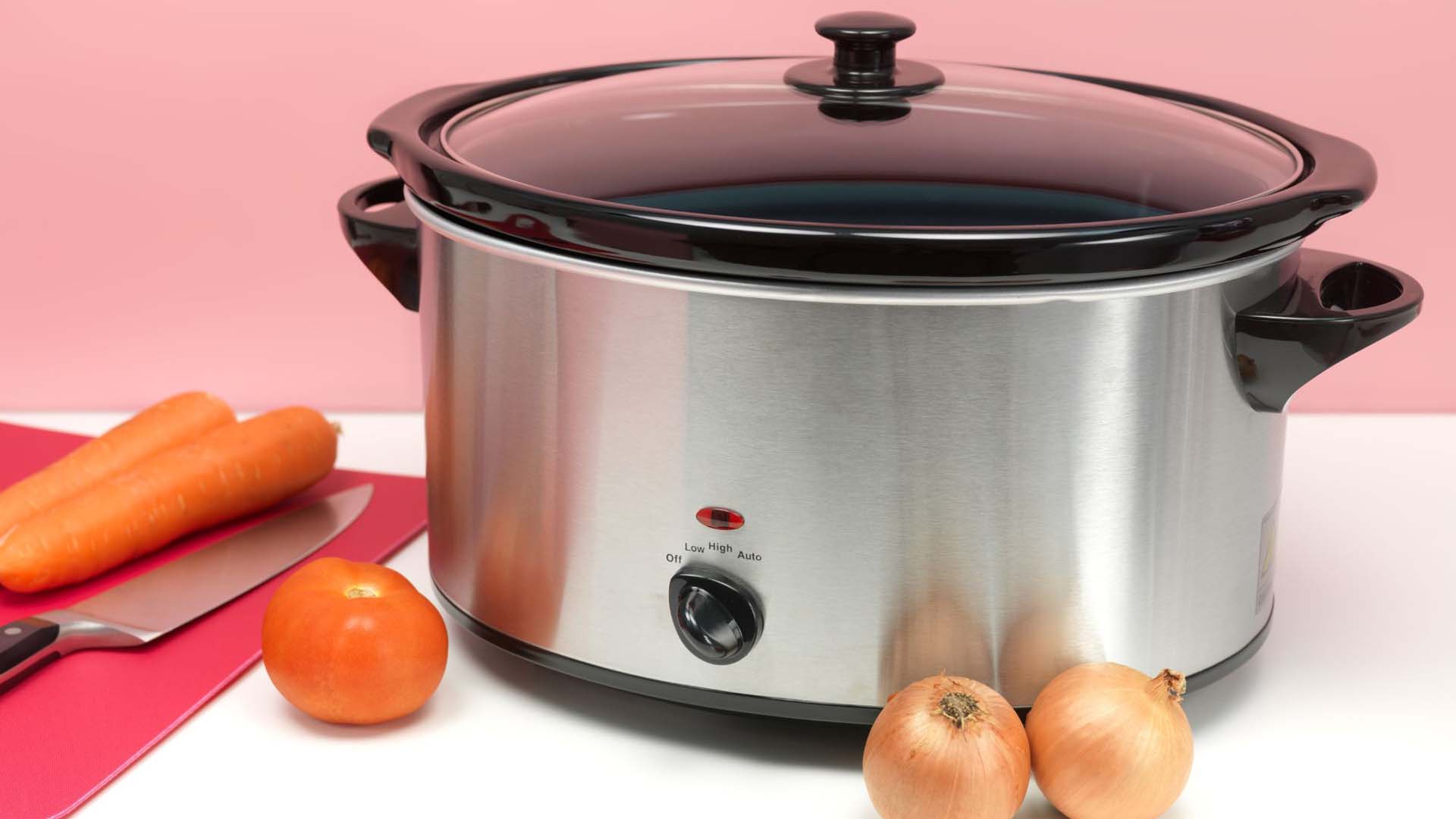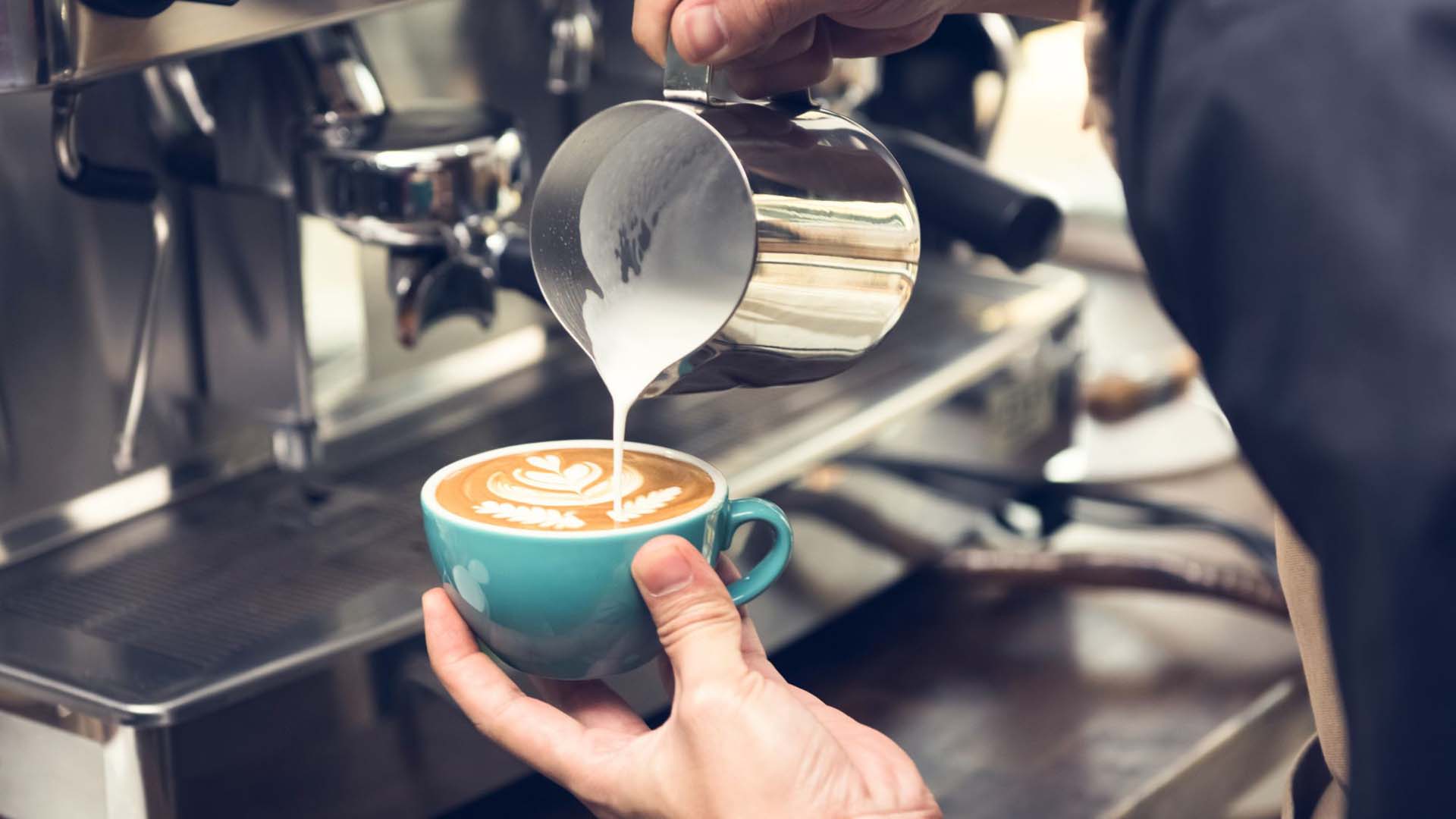
Whether it’s the perfect flat white or that much-needed espresso shot, nothing quite hits the spot like a cup of coffee brewed by a trained barista. The smell, the taste, even that bit of latte art that they do at the end – it all adds up to a delicious drink.
This is why home brews are often a distinct disappointment. Even if you’ve got the equipment to make your own espressos or cappuccinos at home, there’s a great divide when it comes to the finished result.
So just what is this magic that baristas seem to possess that us coffee civilians are lacking? Why does coffee at home not taste as good as what they brew? And, most importantly, is there anything we can do to up our home coffee game? We quizzed some experts...
We know that a home coffee machine can save you money in the long run, but what’s the number one thing that will make your at-home brew taste more like a café cup of Joe? For Philip Sowels, coffee connoisseur, it all starts with the beans.
“Are you buying your coffee fresh from a roaster or getting it from a supermarket?” he asks. “If it’s the latter, chances are it's going to be sat on a shelf for at least a month or two.
“Your best bet if you want quality coffee is to find a local roaster or one that sells online and roasts fresh to order, so that you know you're getting coffee that's been roasted within the last week or two.”

And while specialty roasted coffee beans tend to be a little pricier, the end result is worth it, says Sowels – especially if this is the only change you make in your coffee routine.
“While you may end up spending a couple of pounds more than at the supermarket, you get something that's so much better and more enjoyable,” he explains.
Sowels also suggests you follow the example of all good coffee shops and grind your beans only as and when you need them. If you let ground coffee sit around, you’ve only got about a day before it starts being past its best.
“Ground coffee actually starts to degrade after 15 minutes,” he explains. “Day one it will be fine; after day two, it's already going down and the decline is then quite rapid.”
When it comes to storing your coffee, the important thing is to minimise its exposure to oxygen. Keeping it in a vacuum-sealed jar can add a couple of weeks to the shelf life.
Airscape Coffee Storage Container, RRP £25.95
Bought too much coffee? Freeze it.
“One quick trick is to put a sealed bag in the freezer until a day or two before you need it,” says Peter Grainger, co-founder of craft coffee company CafePod.
“The freezing temperatures slow down the way oxygen interacts with coffee and keeps it much fresher. Then take it out of the freezer to come up to room temperature before you open the bag.”
“You can have the best coffee machine in the world, but if you don't have good beans or a decent grinder, you won’t make the best coffee,” Sowels says.
He advises spending a good chunk of your budget on a grinder, especially if you want to master espressos. Most budget grinders are designed with cafetiere or drip coffee in mind.
To make a tasty espresso you need fine ground coffee and this is something only electric, pricier grinders can offer.

Consistently tasty coffee, says Sowels, starts with a replicable set of processes.
“A good coffee shop and a good barista will have a process, such as weighing the beans in and out, so they know they are using the right ratio of coffee to water,” he says.
“There's a reason why there is a set of gold standard brew ratios: because they work!”

This is where it gets a bit tricky for home coffee making. While you might be able to weigh the beans and get the right amount of water, your coffee machine, especially if it’s from the cheaper end of the market, might not be consistent in how it operates.
“At home, the hard thing with cheaper equipment is consistency,” says Sowels.
“You might have, for example, a coffee machine that is not temperature stable. For one shot it may do it at 92°C, while another is at 96°C. This means now and then you’ll get one amazing tasting cup of coffee but then you'll get others that just taste OK. That can be really frustrating.”
“Water makes up 99% of your cup of coffee, so the quality of the water is crucial,” says Grainger, who believes this is one major reason why café coffee tastes better than anything you can make at home.
“The hardness of the water – that is, how much calcium carbonate is dissolved in it – can massively affect the way coffee tastes. Generally, having a little bit of calcium carbonate is good, but if you’ve got moderately hard to hard water, then taking some time to treat it can deliver dividends when it comes to taste.”
Some coffee machines have their own internal filters, but the easiest way to get the perfect water for your coffee is to use a water filter designed to reduce limescale.
Not only will this enhance the flavour, but it will also help take care of your coffee machine. Filters can also remove chlorine from tap water, which can add a chemical aftertaste.
Whether you prefer a flat white or the foamy loveliness of a cappuccino, a well-made milky coffee is a real treat. However, the way you process your milk is one big reason why coffee at home may not taste as good as that from your favourite café.
If you’re using a hand whisk or something like a Nespresso Aeroccino frother (Amazon, £80.48), the milk is essentially being whisked. While this obviously fluffs if up and adds texture, it won’t taste the same those milky drinks you enjoy in-store.

The reason, Sowels explains, is that rather than whisking, baristas use dry steam, via the wand on their espresso machine.
“You want a dry steam to get the air into the milk without adding too much water, and then to texturise it,” he explains.
The smaller bubbles created by steaming produce a denser, more velvety foam called microfoam. More and more home machines come equipped with a wand, but they can, says Sowels, be a bit hit and miss – often pumping water into the milk, which won’t give you the texture, or taste, that you want.
Once again, if you want more control over the quality of your final drink, buying a more expensive machine will give you this. Practice makes perfect, though and Grainger recommends taking the following steps:
Coffee machines in cafes get a regular clean, which not only ensures the machine works well, but also helps keep the coffee tasting good. At home, if you’re using your machine daily, it will need a weekly clean.
“Special coffee machine cleaner makes sure the natural oils of roasted coffee are cleaned from the internal brewing chambers of all machines,” says Grainger, who adds that an unclean coffee machine can make the finished result taste very bitter.

If you live in a hard water area and don’t use filtered water, you’ll also need to descale your coffee machine regularly to remove any build-up of limescale, which will impair the taste of your coffee, and could eventually cause the machine to fail.
Follow the above tips and you’ll be giving your local cafe a run for their money – not to mention saving yourself some money.
Jayne cut her online journalism teeth 24 years ago in an era when a dialling tone and slow page load were standard. During this time, she’s written about a variety of subjects and is just at home road-testing TVs as she is interviewing TV stars.
A diverse career has seen Jayne launch websites for popular magazines, collaborate with top brands, write regularly for major publications including Woman&Home, Yahoo! and The Daily Telegraph, create a podcast, and also write a tech column for Women’s Own.

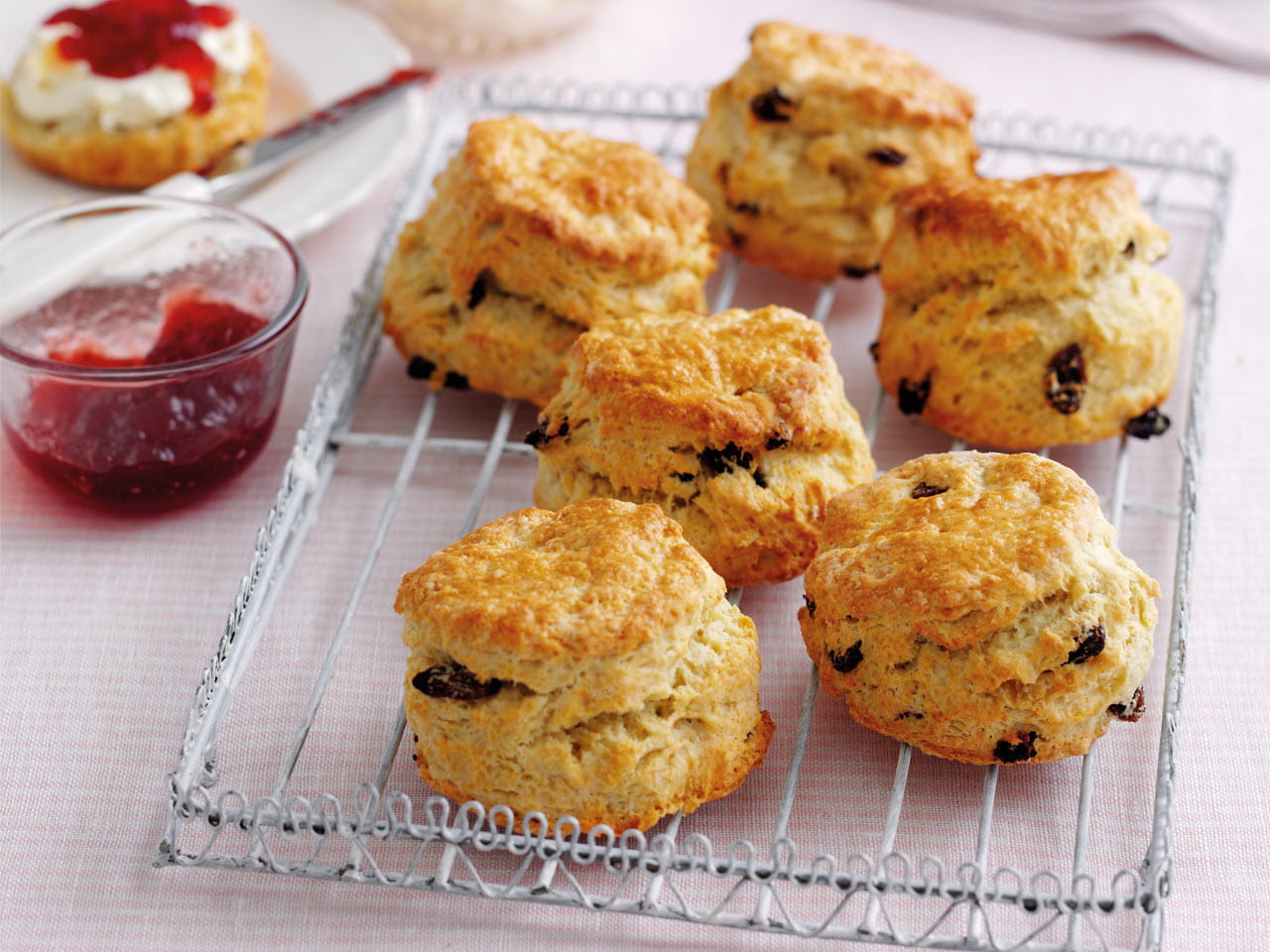

Celebrity chef James Martin shares his recipes for Valencian Beans and Prawns and Creme Caramel with Spiced Seville Oranges.
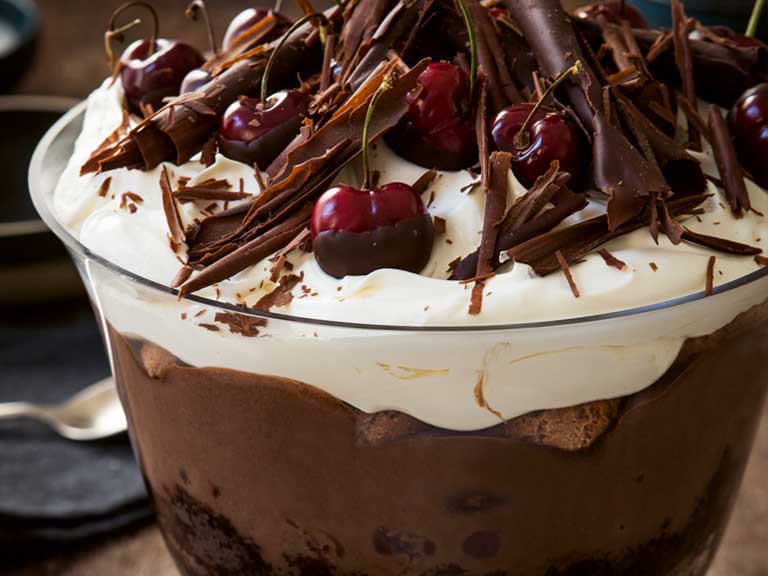

As summer approaches, our expert says it’s time to reappraise rosé and seek out more robust styles.

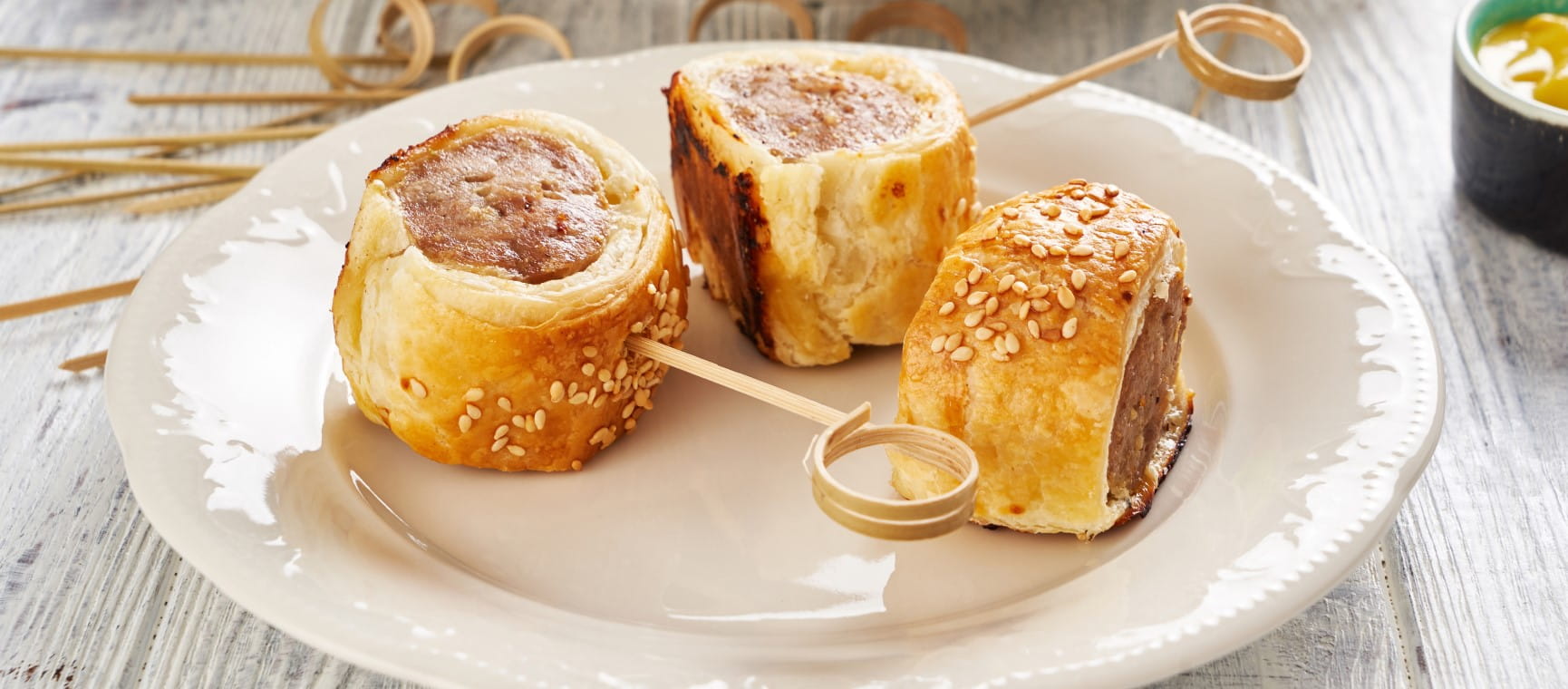
From parties to picnics, mini sausage rolls are the perfect snack. But which ones are our experts’ favourites?

Both sit nicely atop your kitchen counter, but is one better than the other?
